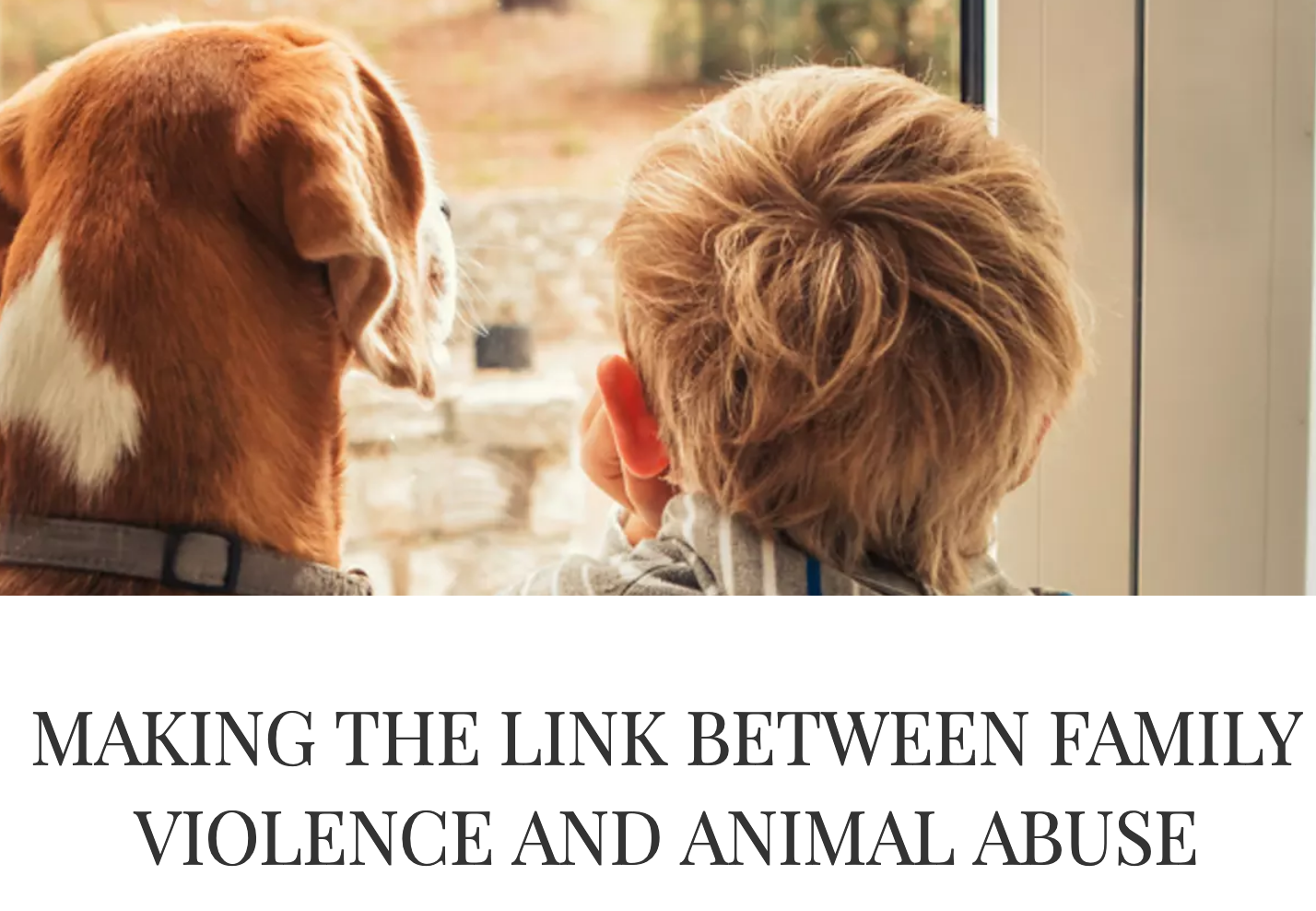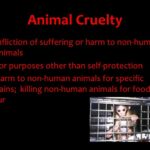In the intricate tapestry of societal norms, there exists a thread that, for far too long, has been woven with indifference and apathy towards the suffering of animals. The question arises: why is it deemed acceptable by some to inflict harm upon creatures that share our world? This normalization of violence against animals is a multifaceted issue, steeped in cultural, psychological, and economic dimensions. To unravel this enigma, we must delve into the depths of human behavior and societal conventions.
The act of animal abuse is often cloaked in a guise of sociocultural acceptance, akin to a chameleon’s ability to merge seamlessly with its surroundings. Many individuals may compartmentalize their moral compass, relegating empathy for non-human beings to a distant corner of their consciousness. This emotional detachment breeds an environment where violence against animals is perceived as inconsequential. Like a brook that meanders through a forest, such apathy flows effortlessly, often overlooked until it culminates in tumultuous waters downstream—the manifestation of cruelty that is undeniable.
At the heart of this conundrum lies a disturbing paradox: the human propensity to dominate. The hierarchical structures that characterize our societies also influence the relationships we foster with animals. Throughout history, animals have been viewed as subordinates, mere instruments for human convenience. This paternalistic stance fosters an ideology that diminishes the moral weight of their suffering, rendering animal abuse an act that is socially tolerated or even endorsed in certain contexts. We must rigorously interrogate the roots of this hierarchy and challenge the underlying premise that permits such violence.
Moreover, the portrayal of violence in media plays a pivotal role in desensitizing the public to animal suffering. From animated films where animals are anthropomorphized but treated cruelly, to reality shows that sensationalize dog fighting or exotic animal ownership, the depiction often normalizes the use of animals as entertainment fodder. Society becomes enthralled, seduced by the thrill of the spectacle, all the while overlooking the ethical implications of such depictions. The imagery lingers long after the screen goes dark, influencing perceptions about what is acceptable behavior towards animals. This is not merely a case of casual disregard; it is an unsettling reflection of our collective moral decay.
Interpersonal dynamics also crystallize the phenomenon of animal abuse. In many cases, perpetrators of violence against animals exhibit behavior patterns that mirror those of individuals who engage in domestic violence. This troubling intersection reveals that the normalization of violence extends beyond mere species. It breeds a culture where aggression is not only tolerated but, in some instances, celebrated. The cycle perpetuates itself, with individuals seeking outlets for their frustrations in the most vulnerable beings available to them. This reciprocal link between human and animal violence deserves unfettered scrutiny, yet it often remains obscured by societal taboos governing both discussions of violence and the relationships we cultivate with animals.
Intriguingly, within the framework of psychological conditioning, empirical evidence suggests that exposure to violence—be it against humans or animals—can cultivate a brutal, unfeeling mindset. Children raised in homes where animal abuse is prevalent may internalize these behaviors as normative. They learn, through observation and experience, that inflicting pain is permissible—their moral compasses skewed by their surroundings. This cycle is perilous; it enmeshes generations in a web of cruelty. To dismantle this insidious pattern demands an incisive commitment to education, imbuing young minds with compassion and respect for all living beings.
Furthermore, the economic dimensions of animal abuse cannot be overlooked. Industries reliant on the use of animals—be it agriculture, entertainment, or research—often perpetuate an ethos that encourages inhumane treatment. The prioritization of profit over welfare results in systemic abuse that is both appalling and, tragically, lucrative. Herein lies a stark contradiction; society simultaneously advocates for animal welfare while straddling its economic incentives. Thus, animals become commodified, their suffering rendered invisible behind the veil of consumerism. The challenge lies in confronting these industries with a unified voice that demands accountability and a reevaluation of ethical considerations.
In the face of these myriad forces, it becomes imperative to cultivate an ethos of kinship with animals. This calls for a profound societal reckoning; a reimagining of our relationship with all living beings. We must strive to transform the collective narrative surrounding animals, shifting from one of exploitation to one of stewardship. This movement requires an unwavering commitment to advocacy, enforcing strict penalties against those who perpetrate acts of cruelty and fostering widespread awareness campaigns that shed light on these issues. By embedding compassion into the very fabric of our culture, we can begin to unravel the insidious normalization of animal abuse.
The path forward is laden with obstacles, yet it is traversable. It necessitates fortitude and an unwavering belief in the sanctity of all life. If we can dismantle the ingrained acceptability of violence, we can cultivate a world where empathy reigns supreme and animals can live free of fear. Together, we must forge a future where the echo of suffering is replaced with harmony, where the normalization of cruelty gives way to a paradigm steeped in compassion. It is in this transformative potential that we find hope—a hope that urges us to never again ask why it is acceptable to hurt animals, but rather, how we can foster a world in which such questions become obsolete.









